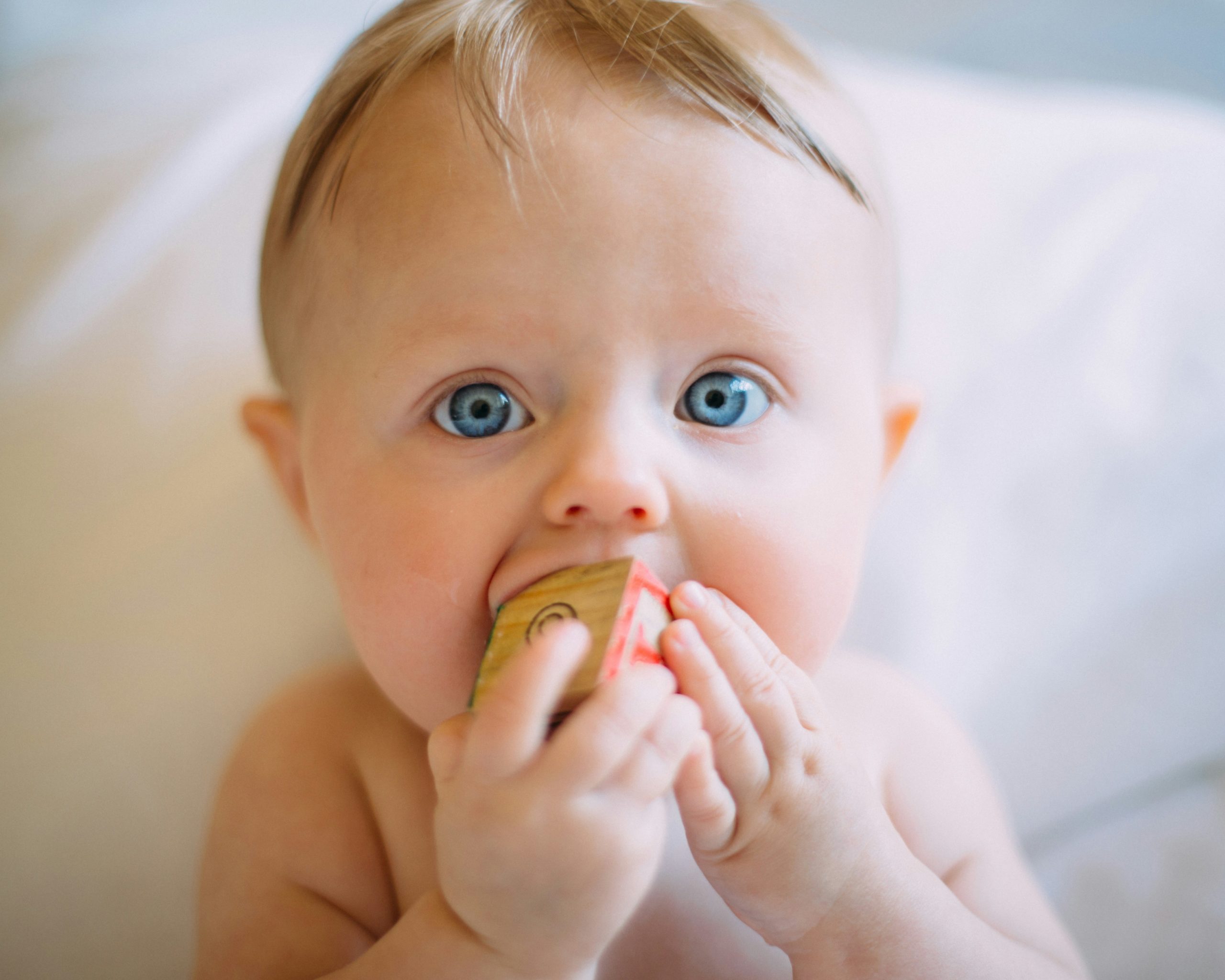
Useful tools
Useful tools
25 March, 2024

Home, sweet home. It’s where we often feel most comfortable and can relax. But you may be surprised to learn that home is where children aged under four years are most-commonly injured. Data collected by the Australian Institute of health and Welfare shows young children are most likely to be hospitalised after unintentional injuries caused by:
What is babyproofing?
Babyproofing your home is simply taking the time to view the world from the eyes of your (increasingly curious) child and making adjustments to ensure their world is safe for them to explore.
When to start babyproofing?
It’s never too soon to start. Babies undergo massive development in their first year and their newfound skills can take you by surprise. Babies develop at their own pace, but as a guide, most babies will be reaching and grabbing and putting things in their mouth before they’re four months old. From three to five months, they will begin to roll, so always keep an eye – and a hand – on them while they’re on the change table. From eight-twelve months old, it’s all on! Babies start to crawl, pull themselves up on furniture, cruise around the room holding onto furniture and walk independently! At the same time as they’re becoming more mobile, they are also increasingly curious, full of energy and keen to explore, but they are unlikely to be aware of danger or how to keep themselves safe.
How to childproof your home:
While the best protection is your presence, you should also consider cordoning off spaces that may be unsafe and babyproofing rooms where your baby spends time.
You can buy babyproofing gadgets from hardware stores and baby shops, or try searching for secondhand items online. You may need:
How to babyproof the kitchen
Securing cabinets and drawers so little fingers don’t get jammed and consider relocating cleaning products to out-of-reach shelves. Stove knob covers and safety locks for appliances may also be useful.
How to babyproof the bathroom
Always supervise children in the bathroom and never leave children unattended near water. Consider non-slip mats and temperature control devices for the bath.
Keep medications, chemicals and razors out of reach.
How to babyproof the living room
Cover electrical outlets and secure cords. Ensure heavy furniture is anchored to prevent tipping. Add corner protectors to sharp edges of furniture to protect your child when exploring. Switch to cordless blinds to avoid the risk of strangulation.
Window and door safety
Consider installing window guards and door locks or finger-pinch guards for door hinges.
Staircase safety
Keep stairs off-limits with baby gates.
Toy and small object safety
Ensure any small items that could be choking hazards are placed out of reach.
Encouraging safe exploration
If you have the space, consider creating a play room where everything is safe and children are free to explore.
As your child grows, reassessing safety measures is essential. Stay proactive to adapt to their increasing mobility and curiosity. Remember, creating a safe haven for your little one is about more than just physical safety—it’s about emotional security too. Embrace the journey of parenthood with optimism, knowing that each safety measure you take nurtures their growth and potential.